
Cotton Planting Conditions May 11, 2020
Keith Edmisten, Professor of Crop Science & Soil Sciences and Extension Cotton Specialist Guy Collins, Extension Associate Professor – Cotton Soil …



El inglés es el idioma de control de esta página. En la medida en que haya algún conflicto entre la traducción al inglés y la traducción, el inglés prevalece.
Al hacer clic en el enlace de traducción se activa un servicio de traducción gratuito para convertir la página al español. Al igual que con cualquier traducción por Internet, la conversión no es sensible al contexto y puede que no traduzca el texto en su significado original. NC State Extension no garantiza la exactitud del texto traducido. Por favor, tenga en cuenta que algunas aplicaciones y/o servicios pueden no funcionar como se espera cuando se traducen.
Inglês é o idioma de controle desta página. Na medida que haja algum conflito entre o texto original em Inglês e a tradução, o Inglês prevalece.
Ao clicar no link de tradução, um serviço gratuito de tradução será ativado para converter a página para o Português. Como em qualquer tradução pela internet, a conversão não é sensivel ao contexto e pode não ocorrer a tradução para o significado orginal. O serviço de Extensão da Carolina do Norte (NC State Extension) não garante a exatidão do texto traduzido. Por favor, observe que algumas funções ou serviços podem não funcionar como esperado após a tradução.
English is the controlling language of this page. To the extent there is any conflict between the English text and the translation, English controls.
Clicking on the translation link activates a free translation service to convert the page to Spanish. As with any Internet translation, the conversion is not context-sensitive and may not translate the text to its original meaning. NC State Extension does not guarantee the accuracy of the translated text. Please note that some applications and/or services may not function as expected when translated.
Collapse ▲
Keith Edmisten, Professor of Crop Science & Soil Sciences and Extension Cotton Specialist Guy Collins, Extension Associate Professor – Cotton Soil …
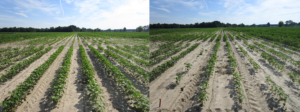
According to the most recent Cotton Planting Conditions Forecast, planting conditions should improve by next Wednesday, May 13, 2020. …
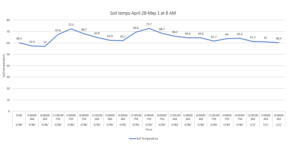
Keith Edmisten, Professor of Crop Science & Soil Sciences and Extension Cotton Specialist Guy Collins, Extension Associate Professor – Cotton Soil …
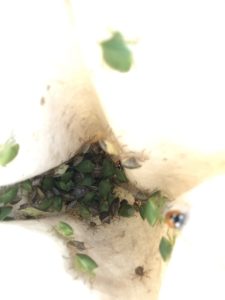
A lot of folks have noticed more stink bugs than normal for this time of year. The most common …
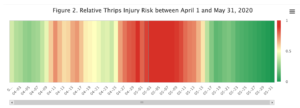
According to Dr. Edmisten and Collins, planting conditions might improve for safe planting around May 3. With planters rolling …

Keith Edmisten, Professor of Crop Science & Soil Sciences and Extension Cotton Specialist Guy Collins, Extension Associate Professor – Cotton Soil …
Despite all of the distractions associated with COVID-19 lately, our N.C. Department of Agriculture and Consumer Services (NCDA&CS) seed …

Adapted from a press release written by Rich Bonnano. The N.C. Department of Agriculture and Consumer Services (NCDA&CS) is taking …
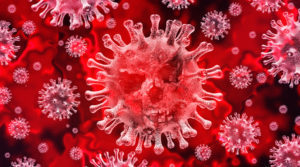
Press release by Richard Campbell, NC State Extension. COVID-19 has disrupted our lives and routines, from how we work, play …
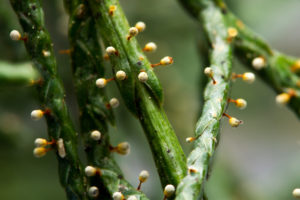
UPDATE: In order to comply with the latest NC State University policy, the Plant Disease and Insect Clinic will now …
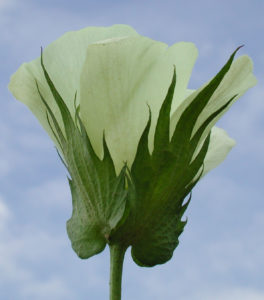
We’ve updated the NC Cotton Insect Scouting Guide with a new look and updated information. Our hope is that …
Historical Relevance By now, most folks are aware of the seed quality issues that occurred during 2019, when a few …
The 2020 meeting season is upon us. We currently have several cotton production meetings slated across the state from …
Fiber Quality results for the 2019 NC On-Farm Cotton Variety Evaluation Program are now in. In addition to yield, …
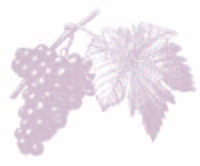
Grapevines require 16 essential nutrients for normal growth and development (Table 9.1). Carbon, hydrogen, and …

This guide presents basic facts about seeds, including how they develop, how to store and …
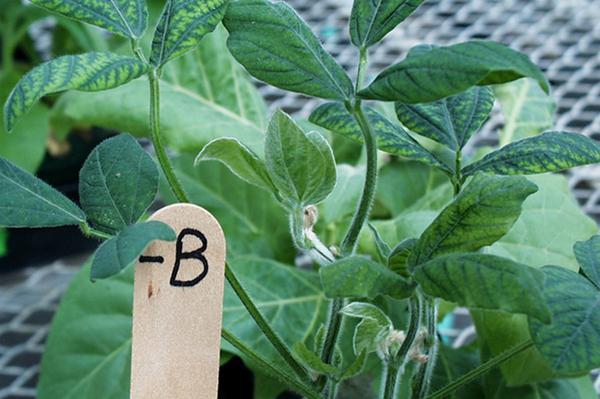
This Soybean Nutrient Deficiency Information factsheet describes the symptoms and management of boron deficiency in …
This Soybean Nutrient Deficiency Information factsheet describes the symptoms and management of zinc deficiency in …

This Soybean Nutrient Deficiency Information factsheet describes the symptoms and management of molybdenum deficiency in …
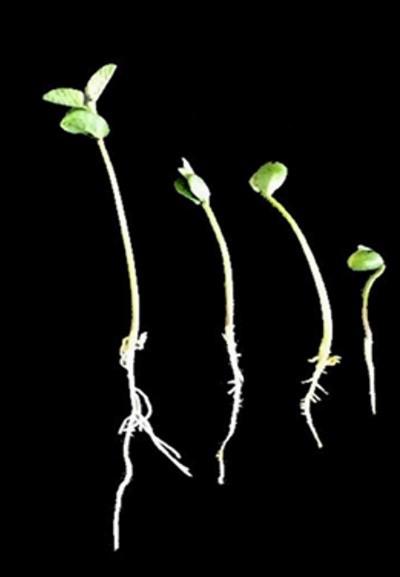
This Soybean Nutrient Deficiency Information factsheet describes the symptoms and management of aluminum toxicity in …
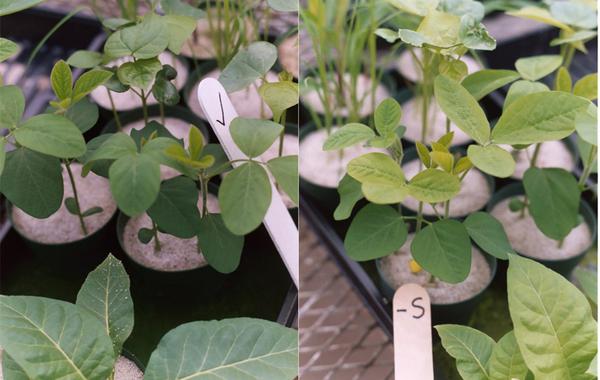
This Soybean Nutrient Deficiency Information factsheet describes the symptoms and management of sulfur deficiency in …

This Soybean Nutrient Deficiency Information factsheet describes the symptoms and management of magnesium deficiency in …